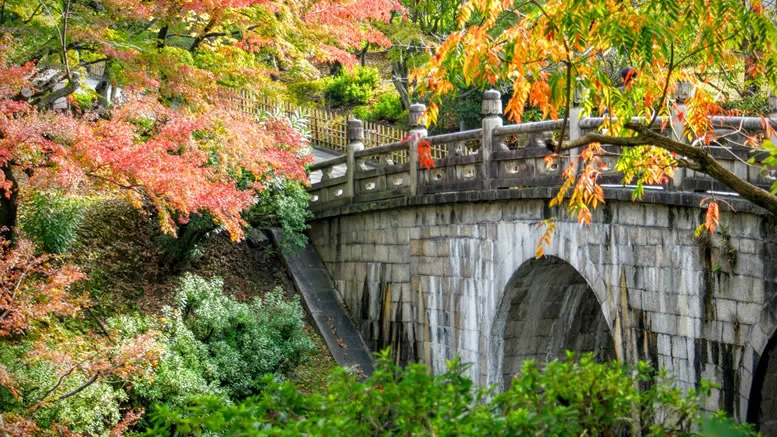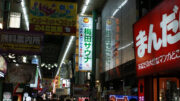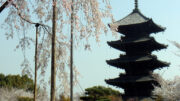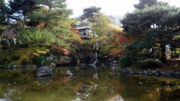Once the capital of Japan, Kyoto is rich in heritage and tradition, making it a popular destination for visitors. Located on the island of Honshu, Kyoto lies just over 50 kilometres north-east of Osaka. Situated on the main Tokaido Shinkansen (bullet train) line between Tokyo and Osaka, Kyoto is easily accessible for a day trip or a longer stay.

Having served as Japan’s imperial capital for over 1,000 years, the city is steeped in history and culture. Kyoto has endured a turbulent past — wars, rebellions, devastating fires, and major earthquakes. Although seriously considered as a target for the atomic bomb during World War II, it was ultimately spared, and much of its historical beauty remains intact, including many pre-war buildings and traditional structures.
While development has impacted some of Kyoto’s older neighbourhoods, several historic districts still retain their old-world charm, offering visitors a rare glimpse into a slower, more traditional side of Japanese life. Among the most beloved areas are the Gion and Pontocho geisha quarters, where visitors can stroll through narrow laneways and perhaps catch sight of geisha and maiko on their way to appointments.
Kyoto is home to approximately 2,000 places of worship, including 400 Shinto shrines and 1,600 Buddhist temples, many of which feature stunning architecture and serene gardens. The city also boasts the impressive Kyoto Imperial Palace, former residences of emperors, and some of Japan’s most treasured historical artefacts.
The best way to explore Kyoto is on foot, complemented by the city’s rail and bus networks. With several different operators running services, using a Suica or Pasmo card, or purchasing one of the city’s tourist travel passes, is highly recommended for convenience.
While Kyoto has many districts worth exploring, most key sights are easily accessible from JR Kyoto Station and along the nearby Kamo River. The station area features the modern Kyoto Tower, plenty of shopping and dining options, and the expansive grounds of Higashi Honganji Temple. To the east of the river lie many of the city’s iconic temples, while to the north are Nijo Castle, the Imperial Palace, and Kyoto’s main city centre.
For food lovers, Kyoto is a gastronomic delight. Located further inland than most of Japan’s major cities, and influenced by its Buddhist traditions, Kyoto cuisine places a stronger emphasis on vegetables than seafood. Shojin Ryori, a refined Buddhist vegetarian meal centred around tofu and seasonal vegetables, has been a staple for centuries. Another local speciality is Obanzai Ryori, Kyoto’s traditional home-style cooking, which features small, seasonal dishes prepared with care and balance. Though humble in appearance, these dishes are crafted with near-engineering precision, and many of Japan’s top chefs embrace this culinary style.
As in many regions of Japan, Kyoto offers a unique local sweet that’s popular with tourists as a souvenir. One of the most well-known is Yatsuhashi, a soft, triangle-shaped mochi pastry filled with sweet red bean paste. They are a must-try when visiting Kyoto — simple, elegant, and delicious.




